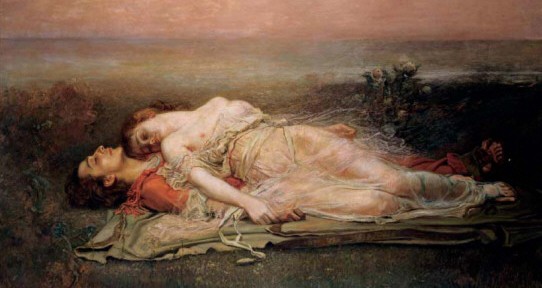*** Read Part 2 *** *** Go to Part 1 ***
13. You then talk about:“the collapse into not-knowing, the profound mystery…”I don’t know (!) what this means – sounds a bit too mystical for me.
– Well, I suppose those words do sound a bit mystical! I’m talking about the huge relief, the liberation, the sense of freedom when the mind’s endless search for something MORE than the present moment dies down, and there is only what is, and nothing more. It’s the “profound mystery” because nothing can be known about it.
OK, I’m happy with ‘relief’ and ‘liberation’ but I would use ‘fascination’ instead of ‘mystery’ – after all, ‘I amThat’. ‘Not-knowing’ is quite misleading.
14. “If anything, I’m saying the exact opposite, that the Mystery could NEVER be contained in ANY belief (especially simplistic neo-advaita beliefs!) ”Words never ‘contain’ the ‘mystery’, but they can be used to point to it. “Everything is here right now” does not provide any pointers that might overcome the essential ignorance.
– Yes, words as pointers….of course.
Continue reading

